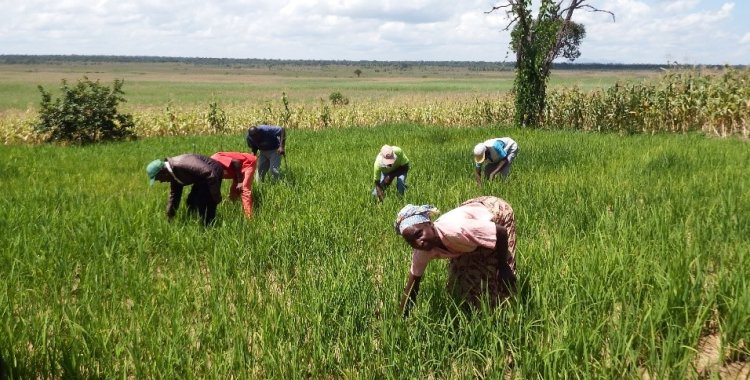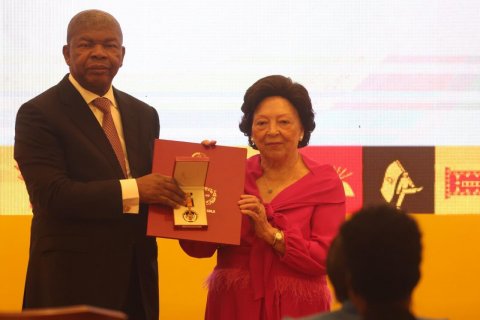José Alexandre, farm administrator, quoted by Angop, revealed that this campaign allowed the agricultural unit to work according to the objectives set by the Executive: increase the supply of cereals and reduce the number of imports. But not only that, this initiative also allowed the farm to create 130 new jobs.
Fazenda Santo António managed to produce 4000 tons of rice. This represents around 16 per cent of the rice that is produced nationally. However, the aim of the farm is to double the current figures, said the responsible.
For now the farm is not thinking of exporting. According to the official, the objective is to try to meet the food needs of the country.
The farm, installed in an area of more than a thousand hectares, consists of a drying oven, peeling and packaging machines and three silos with capacity for three thousand tons of rice each. According to José Alexandre, this agricultural unit can package six tons of rice per hour.
This rice is sold at local markets and the husk of the rice is used to make bran, he said.
He also considered that with the reduction in imports, there may be a shortage of products, and the farm will have the challenge to fill this gap.
Each year, Angola produces a total of 25 thousand tons of rice. These 25,000 tons, which represent only six percent of the total rice that is imported, are still far from the country's annual needs, estimated at 400,000 tons of rice.
As this food is the second most consumed cereal in the country after maize, Angola has to import most of it. The costs are high and, for this reason, initiatives such as that of Fazenda Santo António help to reduce spending on imports and make the country more self-sufficient, in addition to generating employment and diversifying the economy.
In addition to rice, the farm is also investing in the production of beans, with the cultivation of 40 hectares, and coffee, with 65 hectares cultivated.







